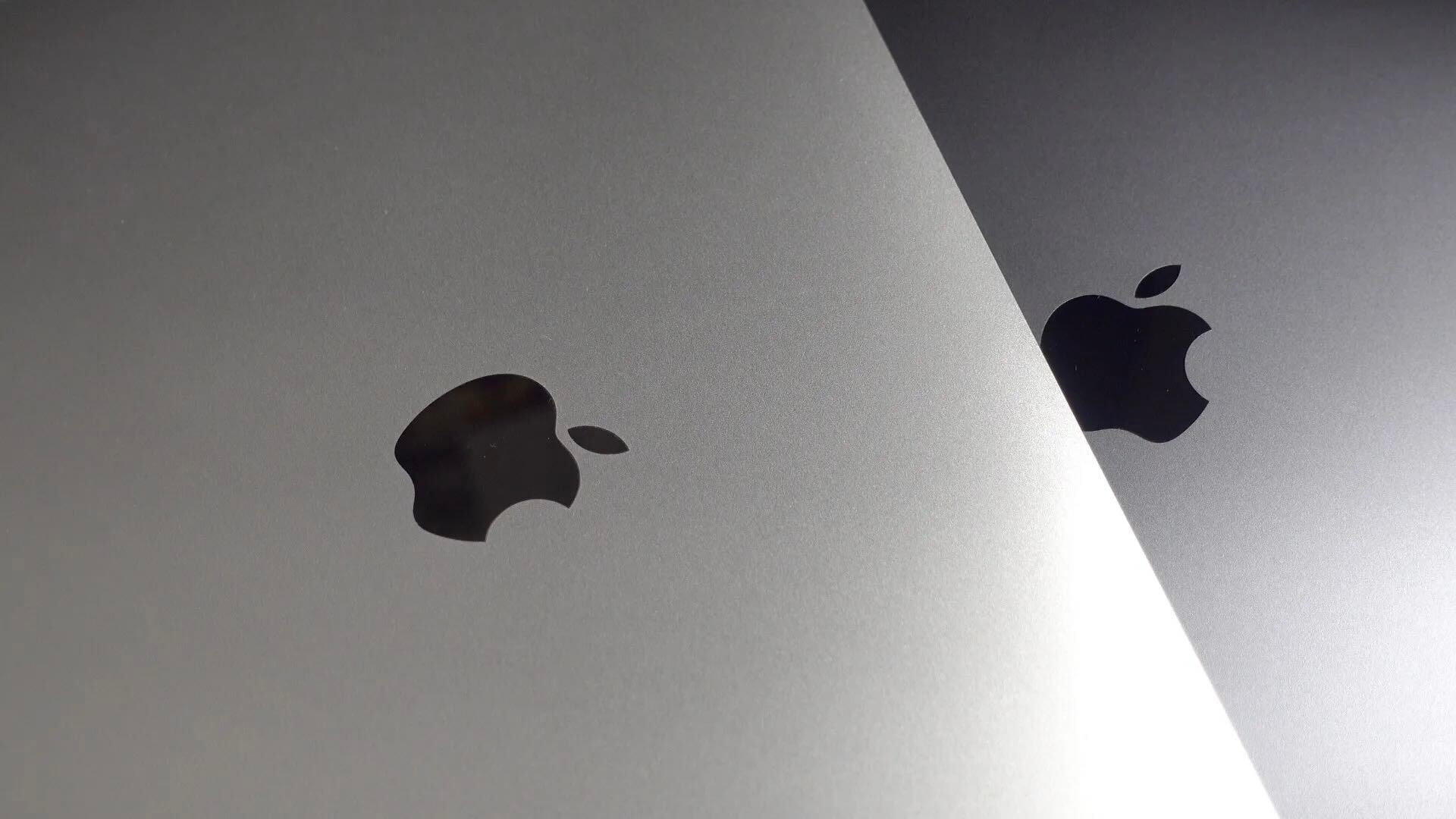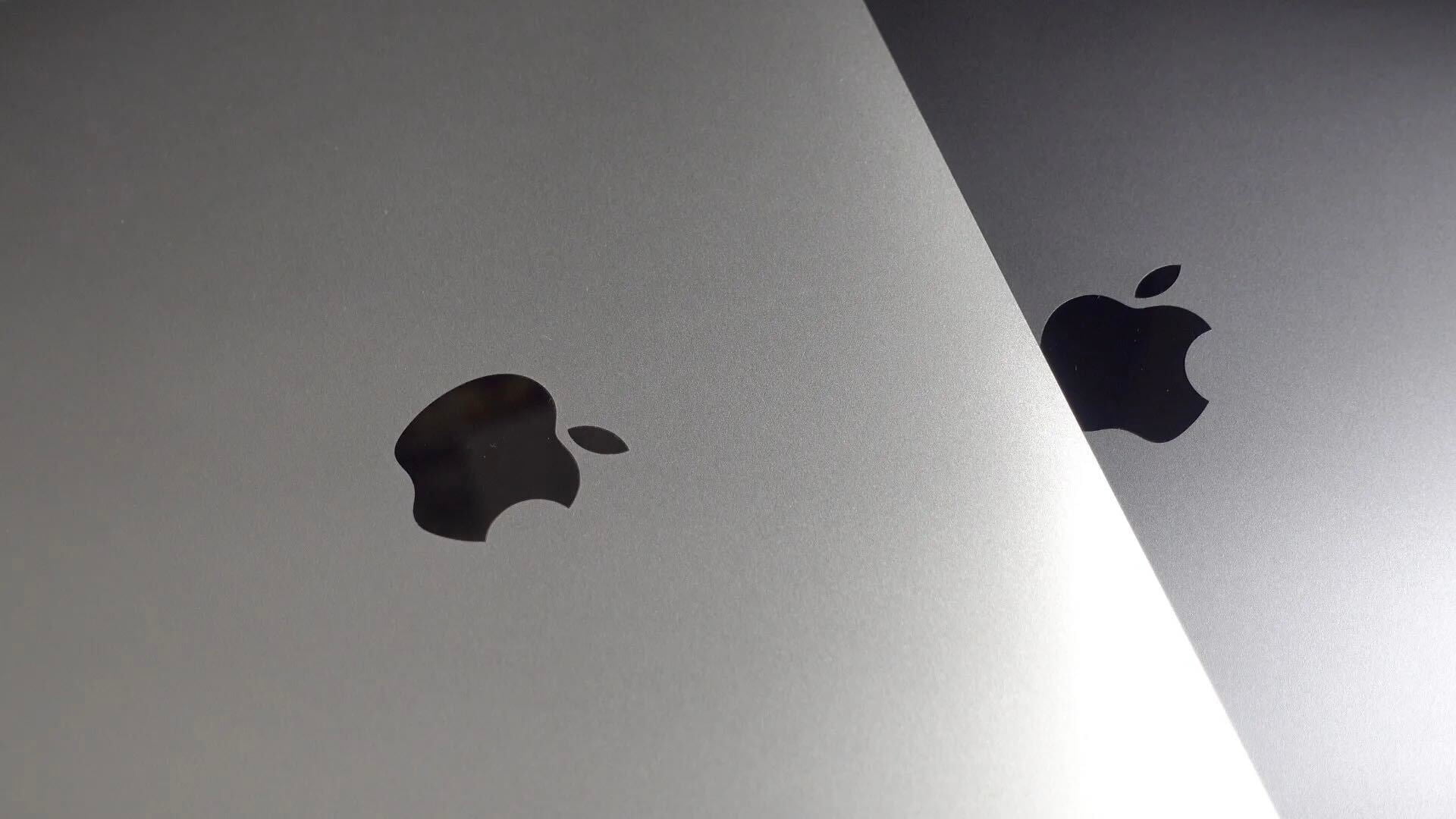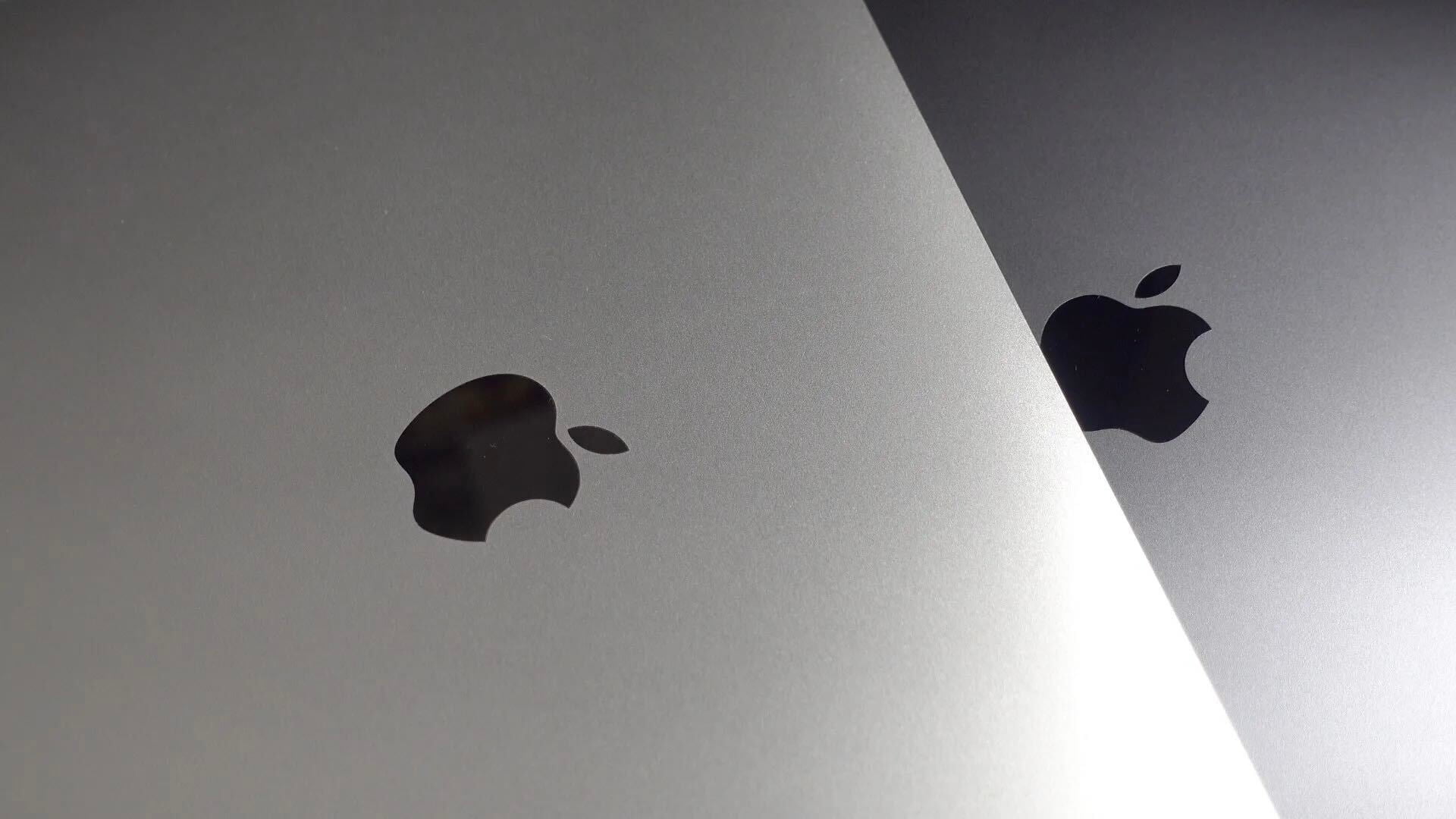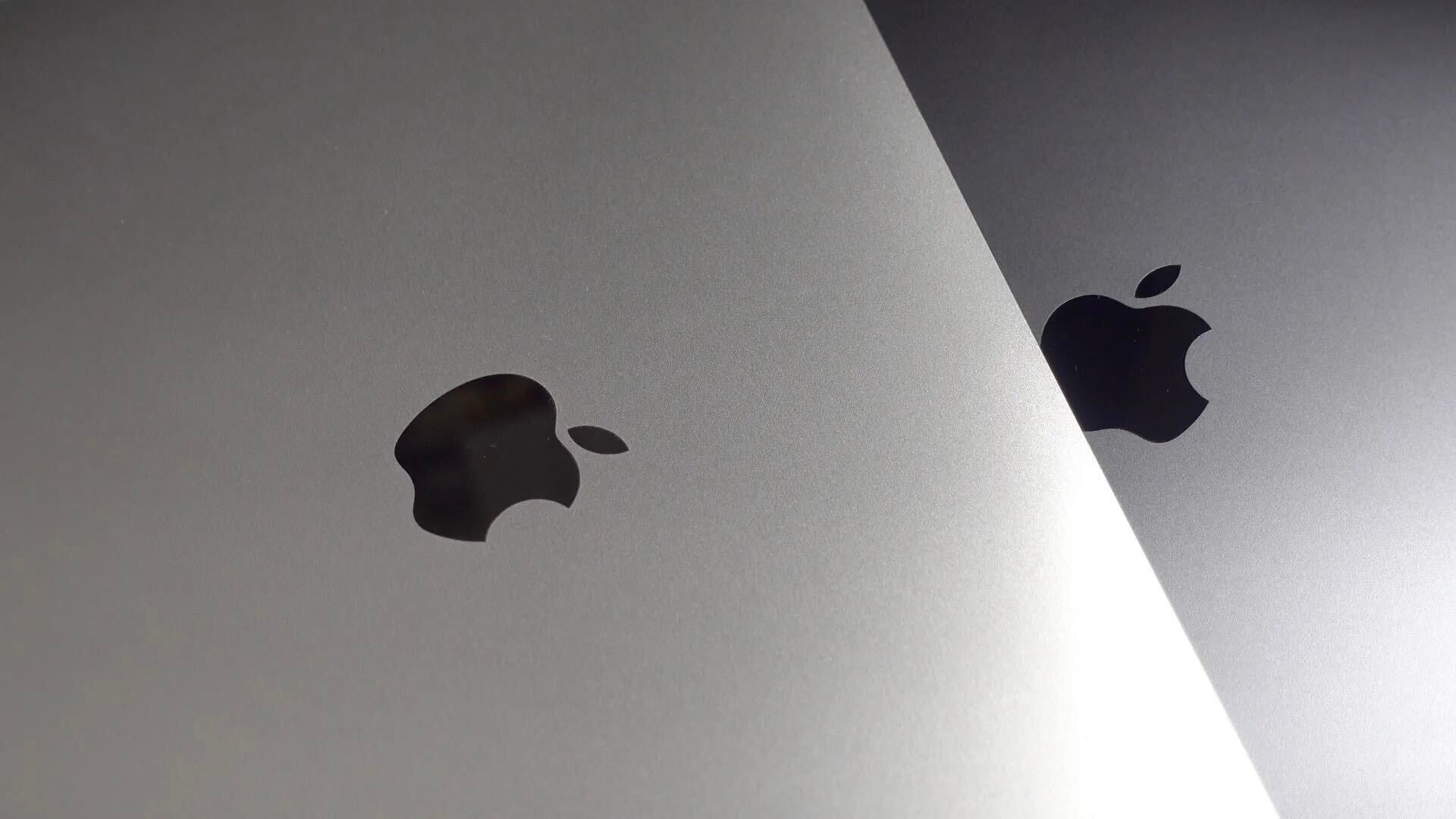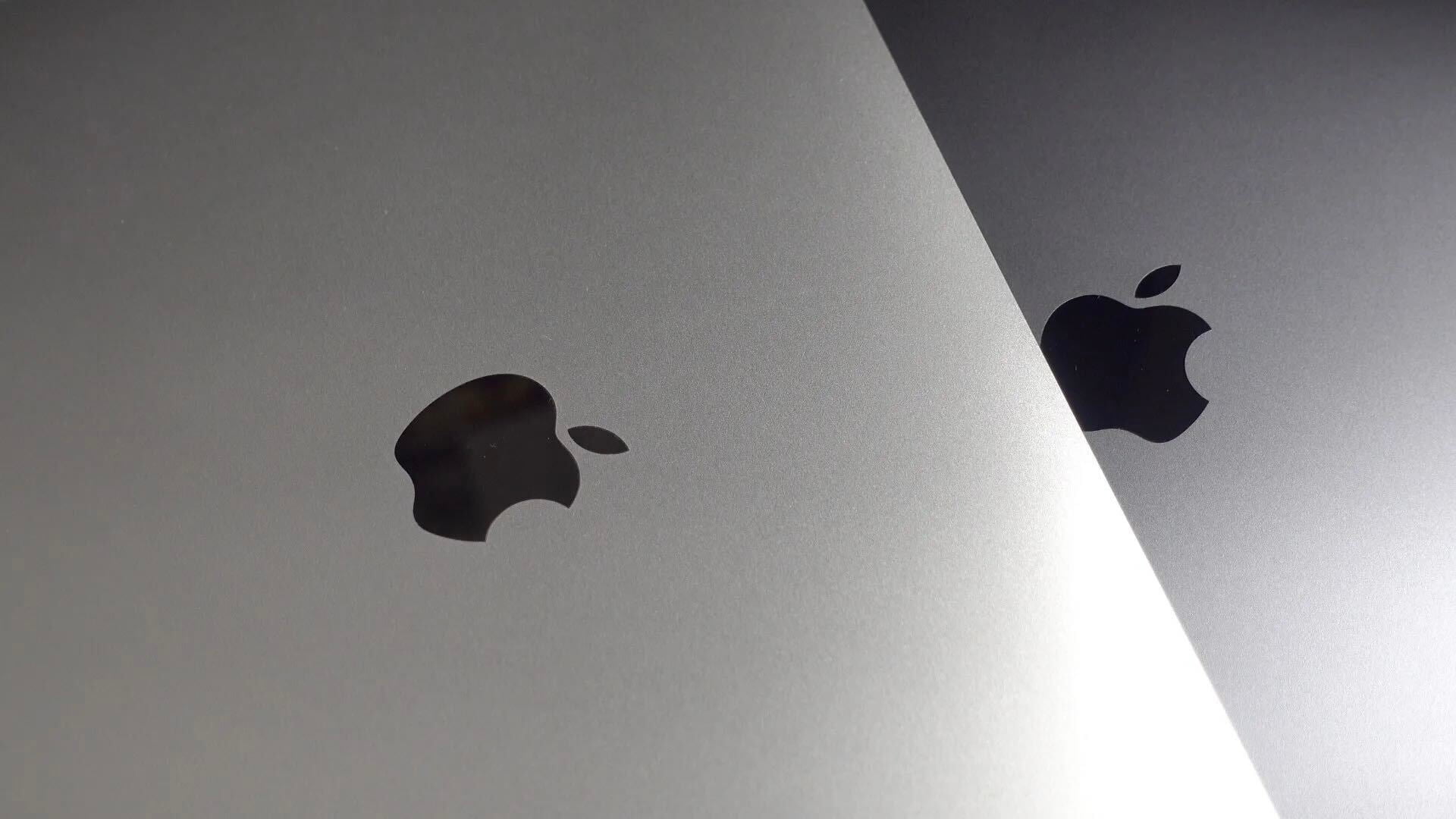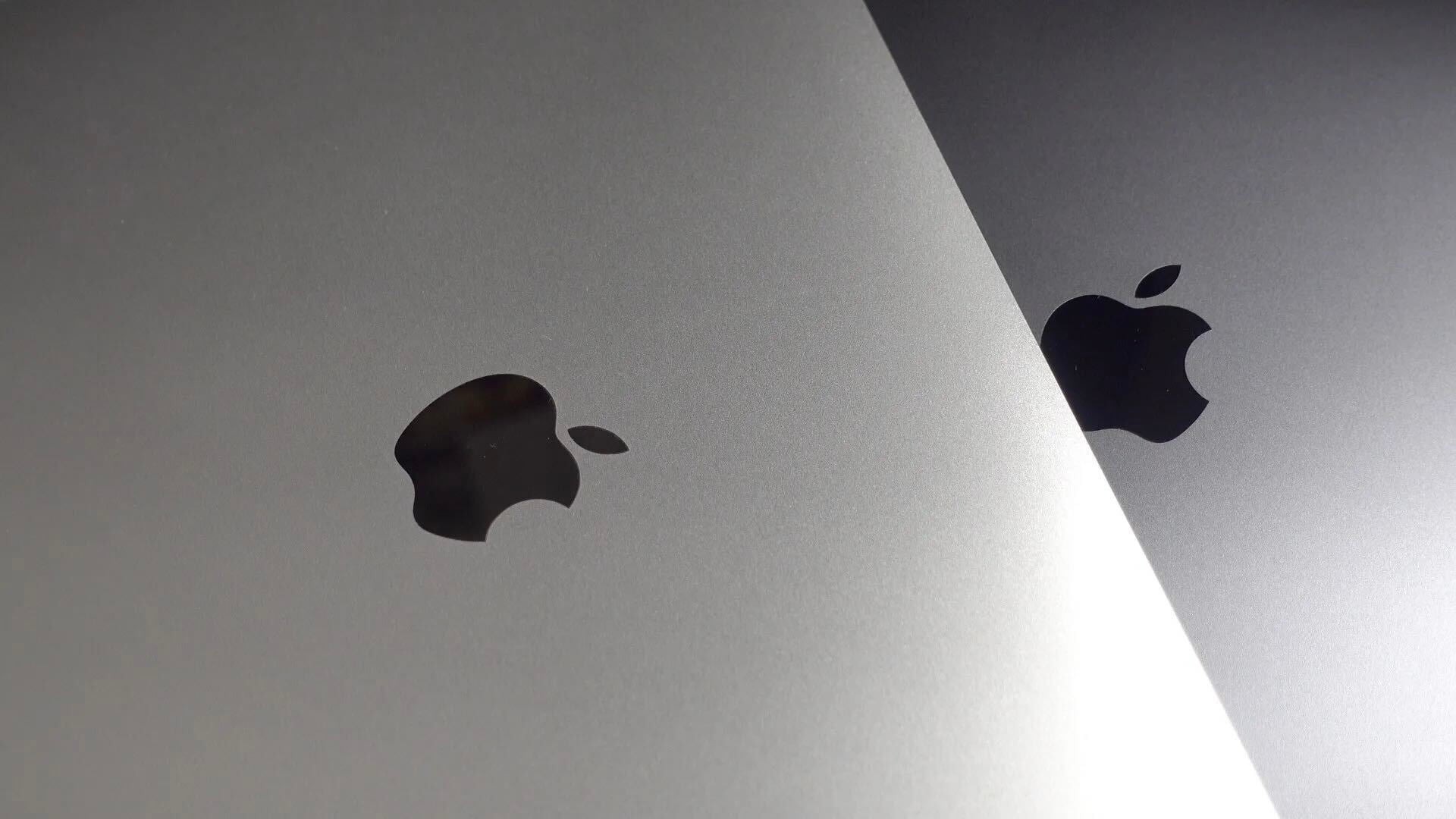1.3 GHz, built-to-order MacBooks begin preparing to ship following charges
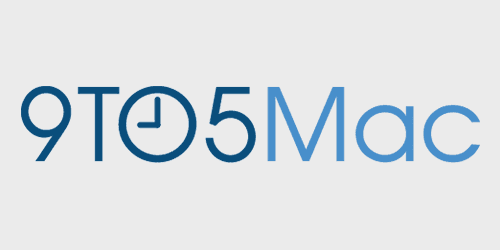
Apple has started to charge the credit cards of customers who ordered the highest-end 1.3GHz version of the 12-inch MacBook, according to emails from 9to5Mac readers. The customized, built-to-order MacBook went on sale earlier this month with 3-4 week shipping times for even the earliest orders, and Apple originally promised a delivery timeframe of May 8th to May 15th. As we saw with Apple Watch credit card charges earlier this week, it seems plausible that Apple already charging customers for the 1.3 GHz MacBook could indicate that shipments of the new laptop will begin occurring sooner than originally expected. However, readers have yet to report any signs of UPS or FedEx tracking numbers, or their Apple Online Store status pages moving from “Processing” to “Preparing for Shipment.”
Update: Several readers reporting that their MacBooks are now preparing to ship, several weeks early:

